Three alumni helping to protect our planet
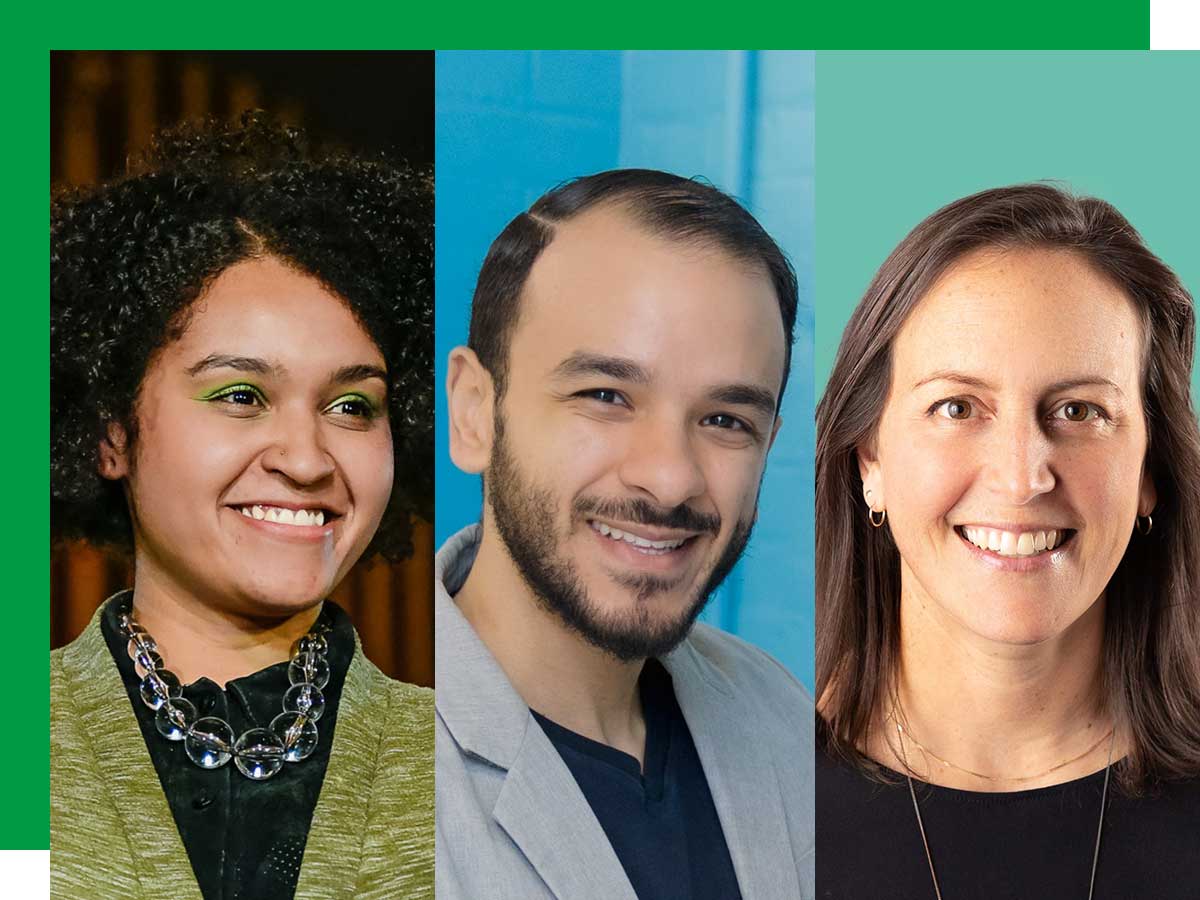
From left: Lex Brown (Fashion ’17), Bolis Ibrahim (Engineering ’19) and Kelly Galaski (Hospitality & Tourism Management ’01)
In honour of Earth Day on April 22, meet three inspiring Toronto Metropolitan University (TMU) alumni who are working to protect our planet in different ways. From using upcycled materials in clothing to reducing energy waste in buildings to developing more responsible tourism practices, these individuals are creating a better environment for both current and future generations.
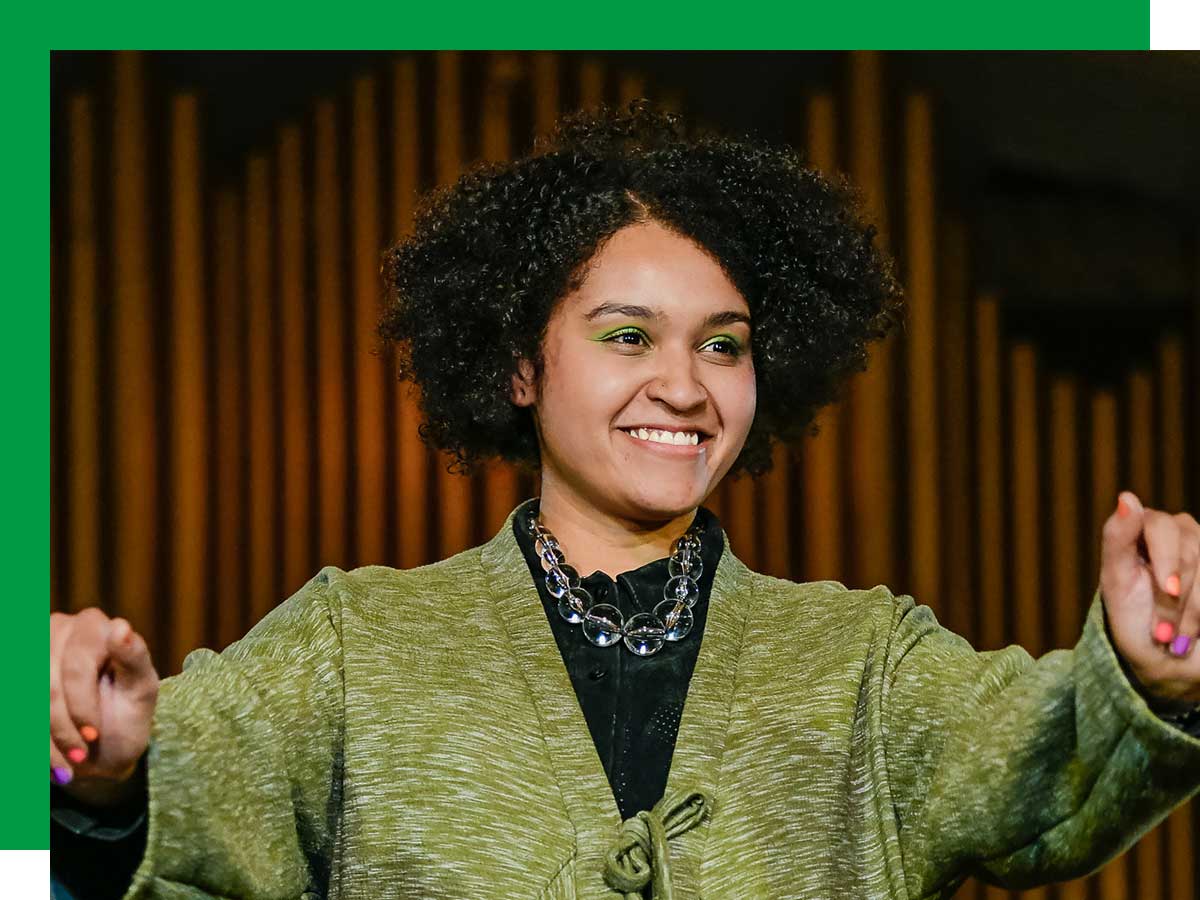
Lex Brown’s fashion brand, Neoteny Apparel (external link, opens in new window) , is defined by her own personal style with a strong focus on sustainability. All pieces are made in Canada, using sustainably sourced natural materials, deadstock materials like fabric remnants, or upcycled materials that are designed to be worn over the course of a lifetime. She creates quality and timeless silhouettes with the goal of blurring the gap between gender norms. Her brand also offers a selection of eco-lifestyle accessories geared towards shifting everyday life away from single-use plastic consumption.
In addition, Brown offers alterations to preserve and evolve garments. She was one of the designers who created unique looks using the branded Ryerson and Rams materials collected after the university renaming for the TMU Upcycled Gear Fashion Show.
Why was it important for you to incorporate sustainable practices in your fashion label?
I have always been a sustainably minded person when it comes to my personal lifestyle, so I had a hard time figuring out what my purpose in fashion was when I learned that it was such an environmentally harmful industry.
In my mind, being able to creatively express myself within fashion was only possible if I could do so with as little harm to the planet as possible. That being said, there is no perfection when it comes to being sustainable within the fashion industry. There are so many avenues (pattern drafting, sourcing, sample making, etc.) — we can only strive to make them more environmentally friendly.
We do a lot of upcycling and I love the character that second-hand textiles can provide to a new piece. I feel there is almost a gap in quality of textiles since fast fashion has prevailed, and having access to older textiles through upcycling clothing only adds to the quality of our upcycled pieces.
What impact do you hope your company will have on the environment?
I really aim to educate and inform people on a few key areas, which together will help to reduce the overall amount of fast fashion consumed:
- Investing in your wardrobe: finding higher quality pieces that will last for your lifetime and creating a timeless wardrobe.
- Understanding the materials used to make your clothing and where they come from.
- Fostering the repair mentality in people and encouraging people to alter the clothing they currently own to evolve with them.
I also own a consignment shop in Hamilton called The Reloved Boutique (external link, opens in new window) . Through this, I have found that consignment is another answer to the sustainable fashion problem because it is a great way to extend the life cycle of clothing.
How have you seen the fashion industry change in terms of sustainability since you started, and what more do you think needs to be done?
I have seen more people aware of the toll that fast fashion has on the environment since I started in the industry. For example, straying away from fast fashion giants. I also see a lot more people checking the care labels of their garments, in search of quality materials (mostly natural), which has become a large factor in deciding whether or not to buy a piece. In addition, people are understanding the buying power they have along with the positive impacts that supporting their local designers and fashion economy have on their communities.
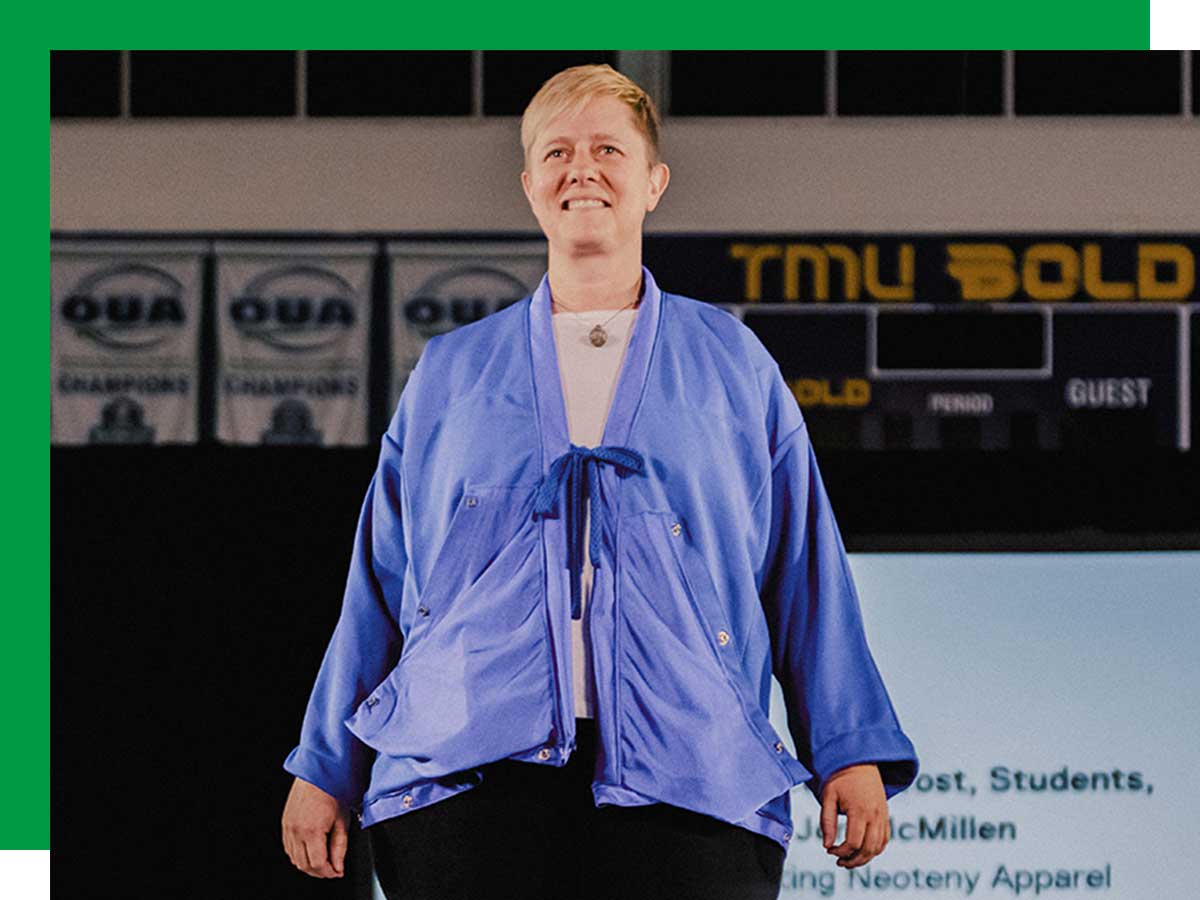
Jen McMillen, TMU’s vice-provost, students, wears a custom jacket designed by Lex Brown made from upcycled Ryerson-branded track pants.
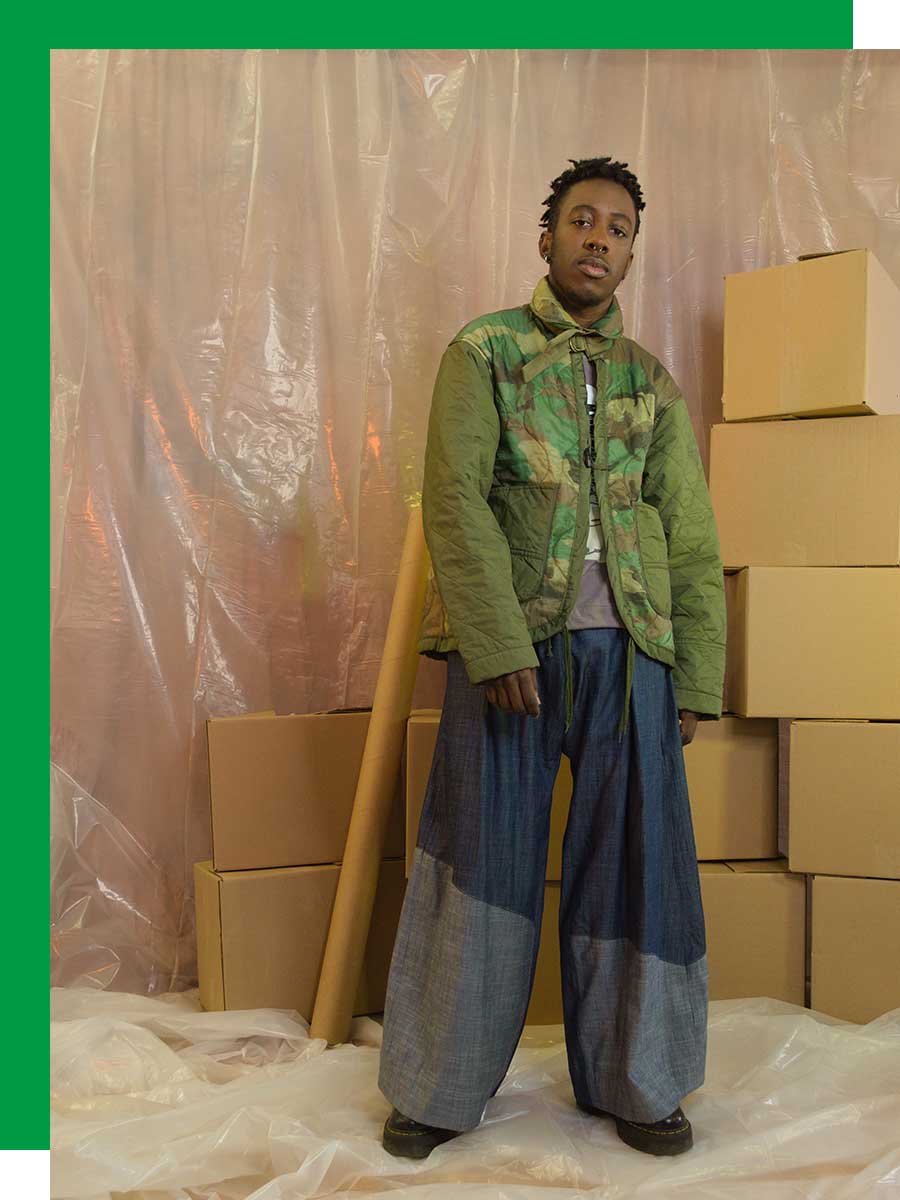
Upcycled Open Air Jacket paired with The Wave Pants designed by Lex Brown.

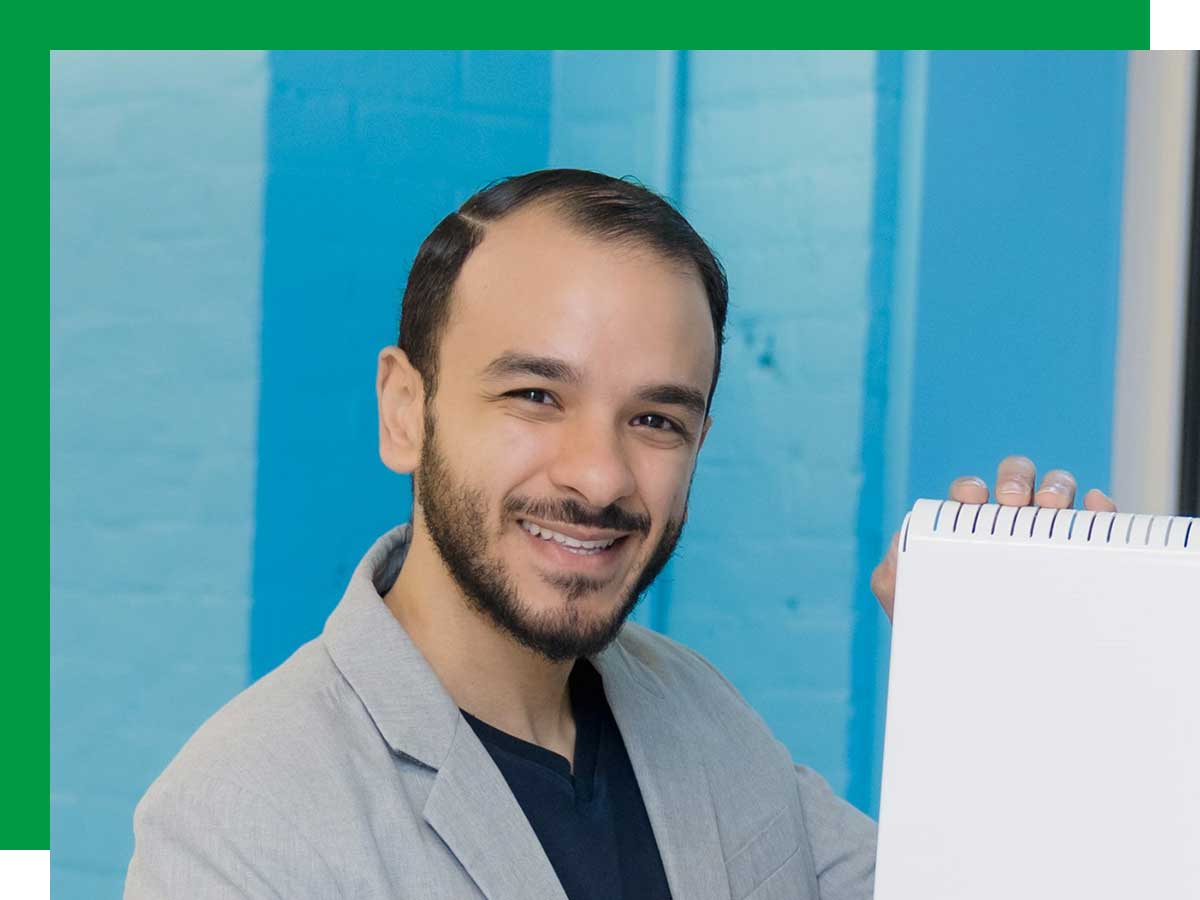
Bolis Ibrahim comes from an electrical engineering and project management background in both the electronics manufacturing and electrical contracting industries. He is passionate about the rise of intelligent buildings that utilize direct current (DC) power distribution, advanced sensors and intelligent automation to dramatically reduce energy consumption to achieve net-zero operations.
Ibrahim is the co-founder and president of Cence Power Inc. (external link, opens in new window) , a technology company that conserves energy and emissions for any building type through modular DC power distribution systems, sensor fusion and intelligent building automation software. In 2023, he was named to the Forbes 30 Under 30 list (external link, opens in new window) in the manufacturing and industry category.
What inspired you to start Argentum Electronics?
I was inspired to start Argentum Electronics to develop technology that enabled buildings to make use of DC power in order to reduce energy consumption and their carbon footprint. I started the business while I was a student at TMU and have been growing it ever since. I have to thank the Clean Energy Zone and the Centre for Urban Energy at TMU because my work wouldn’t have been possible without them.
In November 2022, we joined forces with another Canadian company called Cence Power. We’re now one team, operating as “Cence Power,” and have helped clients such as TMU, Tridel, Scotiabank, UHN, RBC Centre, Minto and EllisDon make their buildings more energy efficient.
What impact do you hope your company will have on the environment?
We are projecting the diversion of millions of tonnes of CO2 emissions from the energy savings that our customers get from using our DC power distribution systems for their LED lighting, telecom and HVAC systems. We hope to achieve our projected impact metrics within the next two to four years.
How has your interest in creating more energy efficient buildings developed since you first started and what do you have planned for the future?
My interest has grown in this space significantly over the years. We are continuing to expand in this area and continue to deliver cutting-edge technologies to the market. Cence Power is a leading innovator in the space, which is exciting for our team. We are looking forward to the increased adoption of high voltage DC (HVDC) power systems in buildings. This type of technology is new to buildings, but allows for significant decarbonization and reduction of embodied carbon – reducing energy consumption, and reducing the amount of copper and other wiring materials that are needed in buildings.
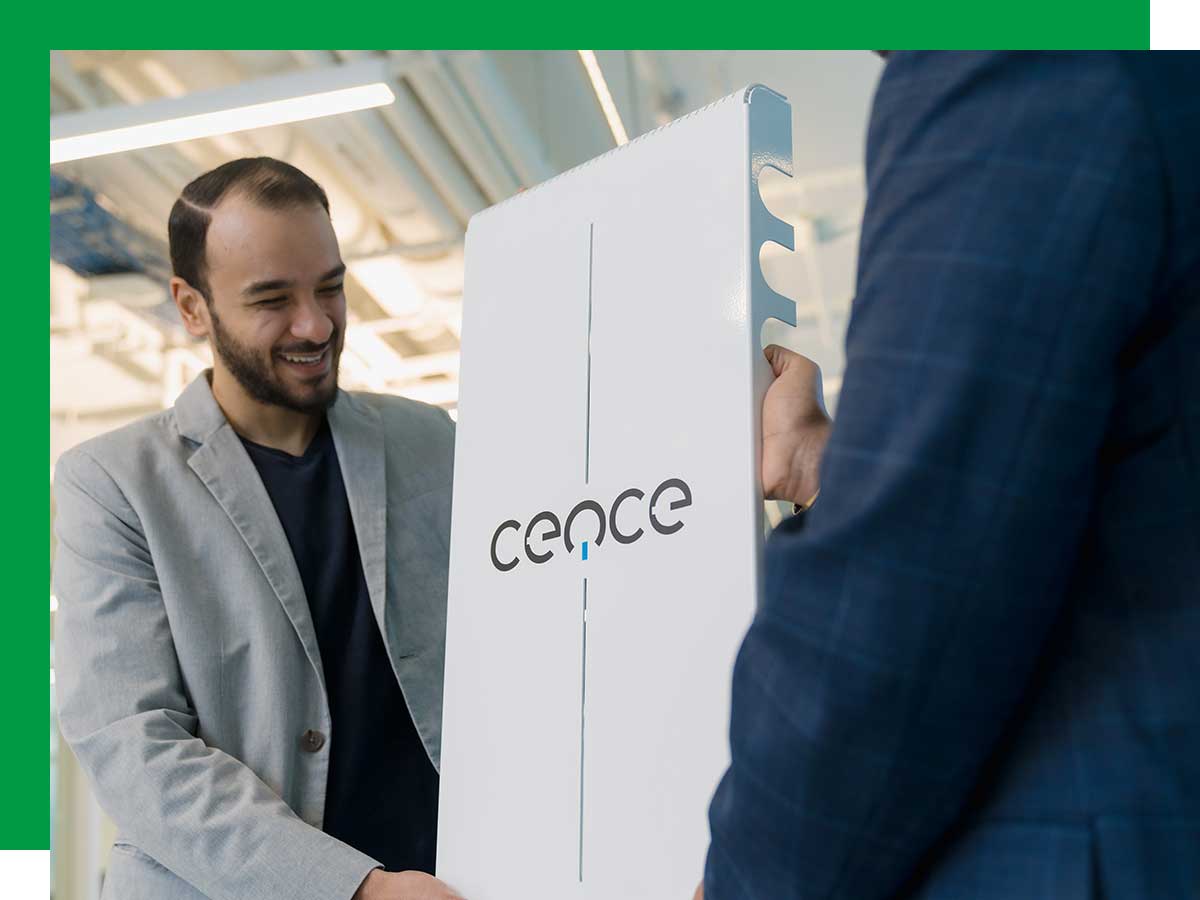
Bolis Ibrahim, left, holding a Cence low voltage DC panel.

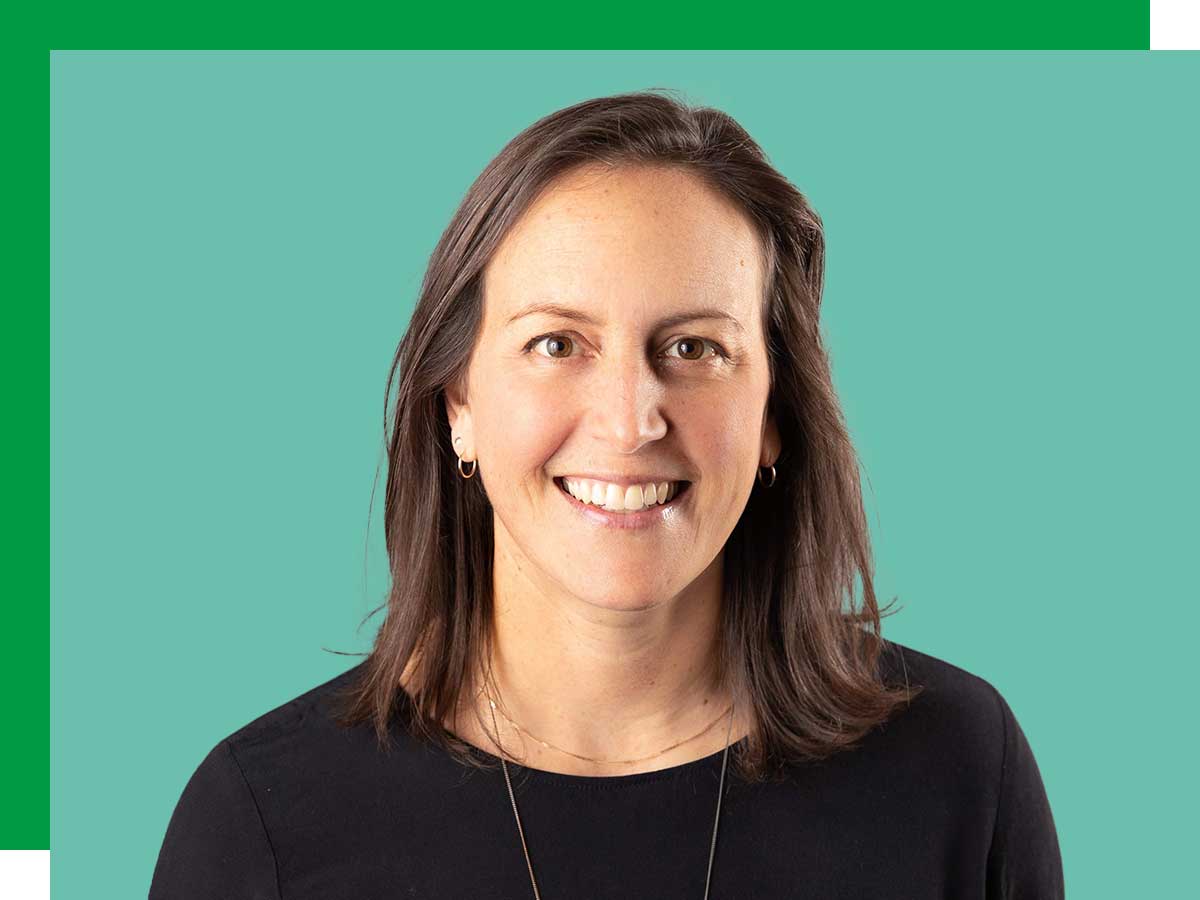
Kelly Galaski is a passionate sustainable tourism professional with 25 years of experience across the hospitality and tourism for-profit and non-profit sectors. She currently works as a sustainable tourism specialist at the Travel Foundation (external link, opens in new window) , a leading international sustainable tourism organization. The company works with destinations globally toward achieving climate-positive and equitable tourism goals through destination stewardship strategies and capacity-building programs.
Prior to this, Galaski was at Planeterra for over a decade, working with rural and Indigenous communities on community tourism experience and enterprise development. She also worked on the development of responsible travel policies and supply chain assessment systems to measure local impact and sustainability at G Adventures.
How did you become interested in sustainable tourism and why are you so passionate about it?
My interest in the sustainability and responsible side of tourism was sparked with a sustainable tourism course I took in my final year at TMU. As part of this class, I took a field trip to Jamaica where we visited rural villages and community tourism development projects, as well as large-scale, all-inclusive resorts, and learned about the tourism system in the country and the benefits of community tourism. I later went on to do my master’s degree in environmental studies.
I have a passion for nature and the power of conservation and restoration of our planet’s ecosystems to benefit humanity and wildlife, as well as our climate, air, water and oceans. Because of this, I am dedicated to doing work that is tackling the global challenges of climate change and equity, by helping the businesses responsible for tourism development to have the tools to improve practices and ensure tourism is doing its part for our world.
Tell us what you do in your role as a sustainable tourism specialist.
Sustainable tourism specialists at the Travel Foundation work to ensure communities around the world benefit more fully from tourism. One of my main projects over the past year was contributing to the Town of Vail’s Destination Stewardship Plan (external link, opens in new window) . The Travel Foundation’s role was to conduct an analysis of Vail’s sustainability initiatives to date — toward their sustainable destination certification — and help identify priority actions to be included into their long-term plan. We used our Optimal Value Framework to conduct an analysis across 24 impact areas of sustainability to provide recommended actions, as well as indicators for ongoing monitoring of destination health.
When I worked at Planterra, one of the community tourism projects I developed was the Parwa Community Restaurant (external link, opens in new window) . We worked with the community to establish their vision of hosting travellers in their village, alongside G Adventures’ need for a meal for tour groups en route to the Sacred Valley and Machu Picchu. We designed the restaurant and trained primarily women to manage, serve and cook there. The menu was based on locally grown ingredients showcasing the culture of the region and this particular Quechua community, called Huchuy Qosco (which means Little Cusco in Quechua).
How have you seen sustainable tourism develop since you started, and what more needs to be done in the future?
In the beginning, it was often focused on environmental management, which was a practical way (and still is) for tourism and hospitality businesses to get started on reducing their impacts from water, waste, energy use, etc. It has evolved to be much more holistic now, with looking at supply chain impacts, benefits and impacts on local people — both residents and service providers and suppliers. The most recent developments are around climate action, understanding carbon footprints and taking measures to reduce emissions.
I think there needs to be more collaboration and bigger and bolder initiatives by all parts of the sector. But most of all, reminding ourselves that we cannot have tourism without communities that are healthy and happy places to live in. So regardless of what role we have in tourism, we should be thinking about how we can better and more positively impact the places and people we depend on.
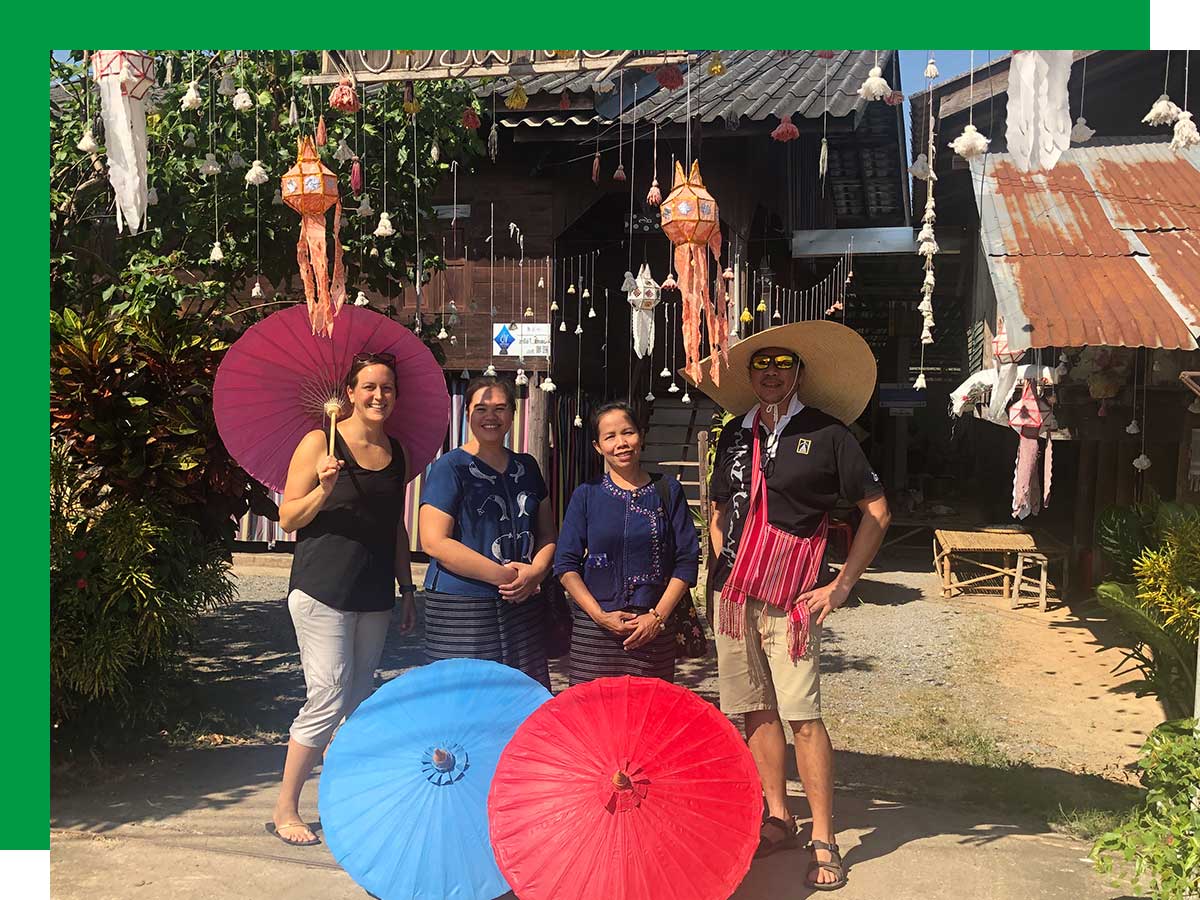
Kelly Galaski (far left) at a women’s handicraft co-op in Northern Thailand on a Planeterra community tourism development trip.